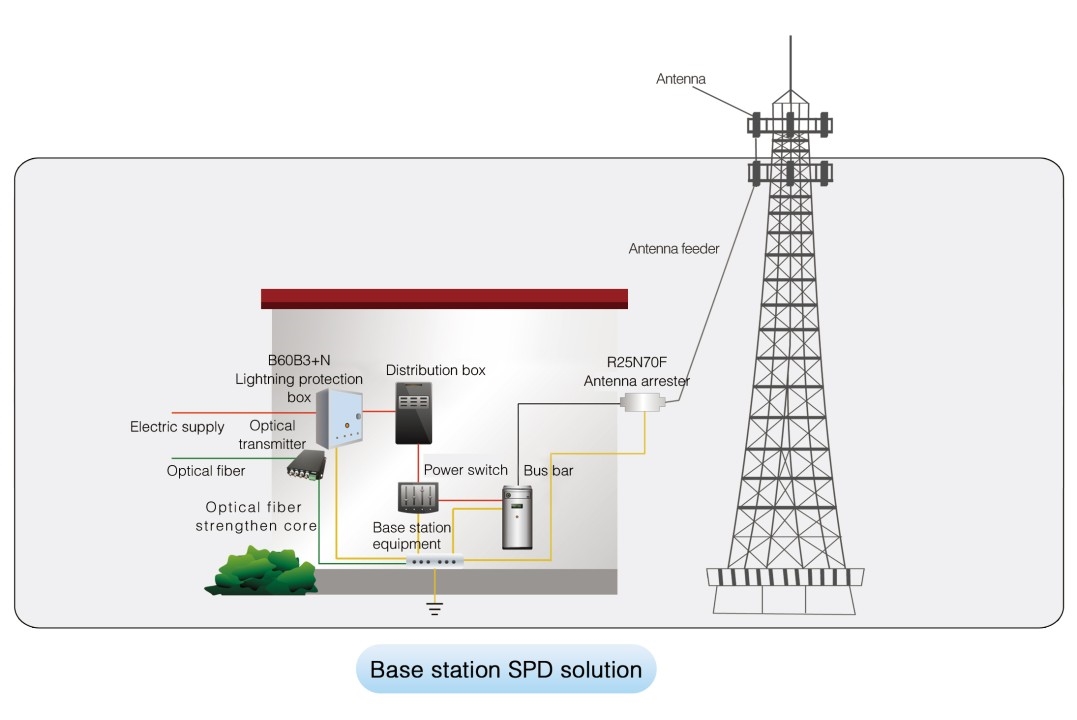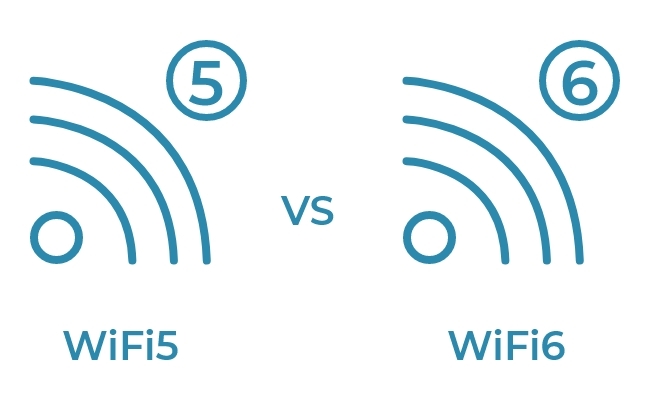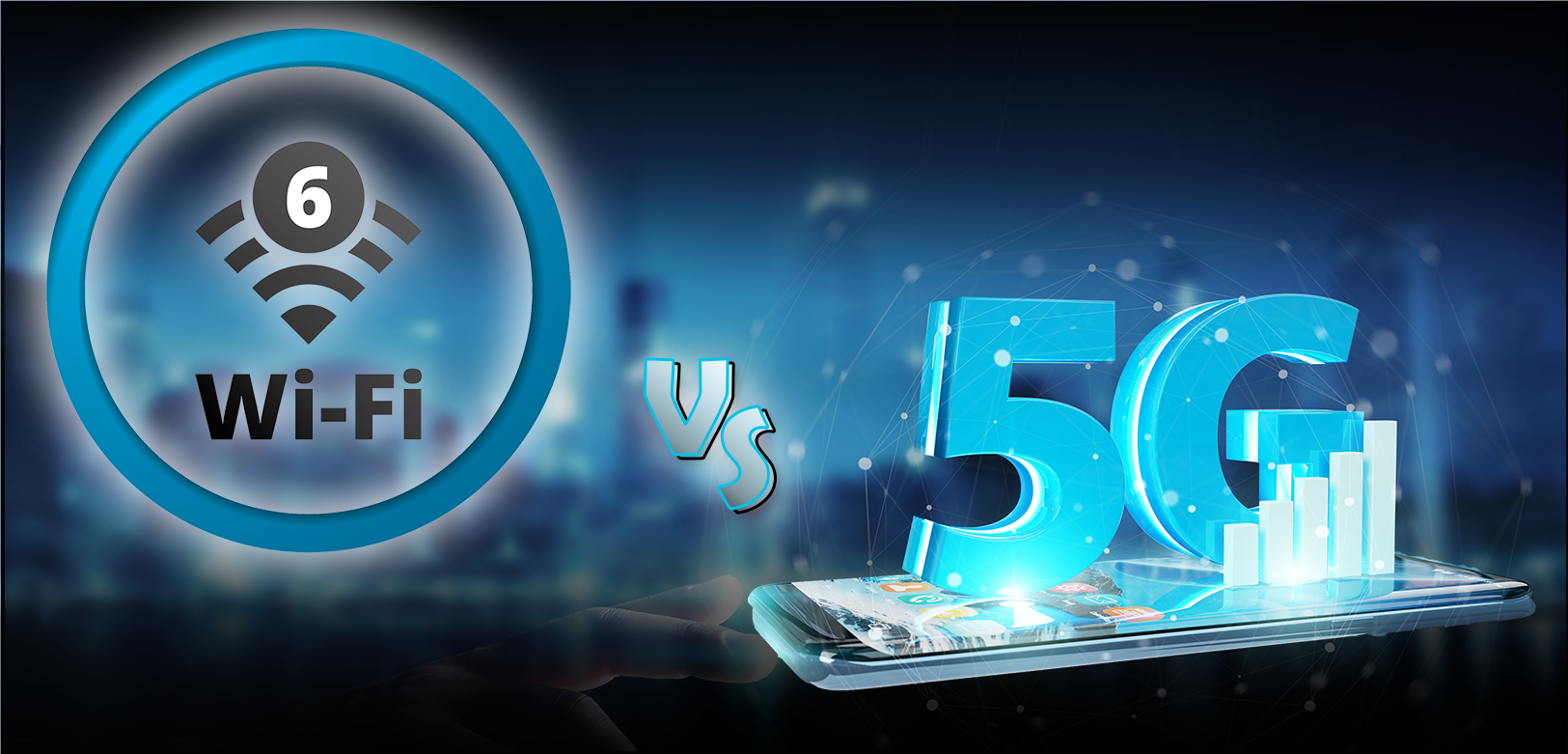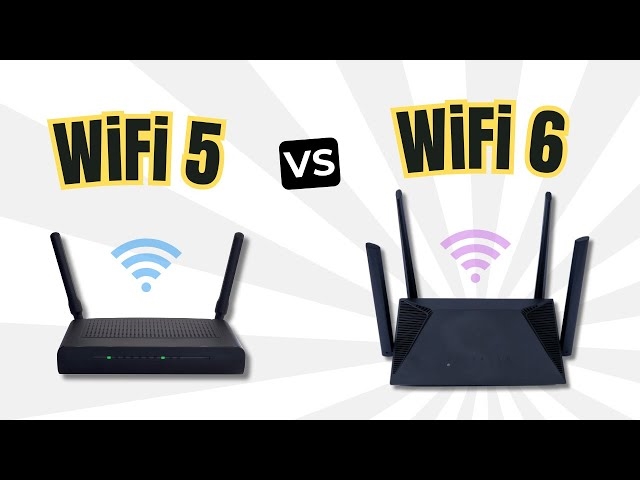No.1 Beacon Fires - Primitive Binary Communication
Communication, in simple terms, is the exchange of information. Early humans developed language for effective exchange, but for long-distance transmission other methods were needed. Beacon fires and smoke signals were used to convey basic binary information: 0 for no threat, 1 for an attack. With line-of-sight relay, such signals could travel from border posts to the capital.
Beacon and smoke signals were highly susceptible to environmental influences and prone to false alarms. The historical "beacon prank" that transmitted a false alarm illustrates how unreliable such methods could be.
After battles, messengers sometimes ran long distances to deliver brief messages. For example, the runner Pheidippides famously ran to announce victory, delivering only a two-word message at great personal cost. Carrier pigeons were also used to transmit larger amounts of information thanks to writing, but interception and tampering remained challenges.
No.2 Telegraph and Telephone - First Use of Electricity to Transmit Signals
The drive to transmit information quickly and reliably led to the invention of the electric telegraph and, later, the telephone.
Samuel Morse, influenced by early studies of electromagnetism, devised a method to transmit information electrically by encoding letters and digits as combinations of dots, dashes, and spaces. This became known as Morse code. In 1837 he built a telegraph machine; after improvements and a 64 km test line between Washington and Baltimore, the first public telegraph transmission was demonstrated in the U.S. Capitol on May 24, 1844.
The telegraph sent information at the speed of light and marked a major milestone in information history. However, telegraphy required preparing a message and encoding it for a telegraph operator, and reply times could be long. These limitations spurred further exploration.
The idea of relaying spoken messages over distance eventually led to the telephone. Alexander Graham Bell, influenced by studies of acoustics and electromagnetism, realized that vibrating elements could be used to convert sound into electrical signals and back. Encouraged by contemporaries, Bell conducted experiments that resulted in the first successful voice transmission. The first intelligible sentence transmitted was a call to his assistant Watson, marking the beginning of wired voice communication and the spread of landline telephones into everyday use.
No.3 Electromagnetic Waves - Enabling Wireless Communication
Discoveries in electromagnetism established that invisible electromagnetic waves propagate at the speed of light and can carry information without physical conductors.
Guglielmo Marconi, building on Heinrich Hertz's experiments, realized that these waves could be used for long-distance signaling without wires. By 1895 Marconi had developed a working system, obtained patents, and demonstrated wireless telegraphy across increasing distances, including transmissions across the English Channel and later across the Atlantic. Wireless signaling proved lifesaving in maritime accidents and led to widespread adoption.
Although voice transmission by radio took longer to mature, by the early 20th century wireless broadcasting began to emerge and expanded rapidly in the following decades.
Radio technology uses radio waves to transmit voice, text, data, and images. Compared with wired communications, it does not require physical lines, offers mobility and rapid deployment, and is not bounded by fixed routing. However, radio transmission can be less stable, more susceptible to interference or interception, and generally offers lower confidentiality.
The transition from wired telegraph and telephone systems to wireless radio represented a major leap in communication technology and a significant achievement in scientific history.
No.4 From 1G to 6G
1G: Analog Era
1G denotes the first generation of mobile communications based on analog technology and cellular radio systems. These systems were designed primarily for voice traffic and had limited network capacity. Public phone booths and pagers dominated streets in that era, while large "brick" mobile phones were a status symbol for wealthier users.
2G: Digital Era
2G refers to the second generation of mobile phone standards, which introduced digital encoding for voice and limited data services such as SMS. 2G systems include GSM, based on time-division multiplexing, and CDMAOne, based on code-division multiple access. While 2G could not directly support rich data services like email or software downloads, it enabled reliable digital voice and simple messaging services.
3G: Broadband Era
Third-generation mobile technologies integrated wireless telephony with the global internet, enabling mobile devices to handle images, music, and other media, as well as business services like conference calls. 3G networks supported higher data rates to accommodate indoor, outdoor, and vehicular usage, with typical speed classes such as 2 Mbps, 384 kbps, and 144 kbps depending on conditions and technologies.
4G: Smart Device Era
4G increased peak data rates to over 100 Mbit/s, a large leap over previous generations. It enabled high-performance streaming media, mobile applications for personal authentication, and delivery of high-resolution video content. 4G also aimed to integrate multiple wireless modes, from local area networks and Bluetooth to cellular and satellite links, allowing users to roam across standards more seamlessly.
5G: Internet of Everything Era
The fifth generation of mobile communications, 5G, extends cellular technology with goals such as higher data rates, lower latency, improved energy efficiency, reduced cost, increased system capacity, and massive device connectivity. Initial specifications in Release 15 targeted early commercial deployments, with subsequent Release 16 work refining features for submission to global standards bodies. Candidate performance targets include very high peak data rates enabled by wide channel bandwidths and large-scale MIMO.
6G: Integrated Terrestrial and Satellite Networks
Sixth-generation mobile concepts envision a fully connected world that integrates terrestrial wireless networks with satellite communications to provide seamless global coverage. Integrating satellite links into future mobile systems could extend connectivity to remote areas, support remote healthcare and education, and enable comprehensive Earth-space situational awareness. 6G is framed not merely as higher capacity or speed, but as a step toward reducing the digital divide and enabling ubiquitous connectivity. It is expected to be an evolutionary stage rather than the final endpoint of mobile communications.
 ALLPCB
ALLPCB








